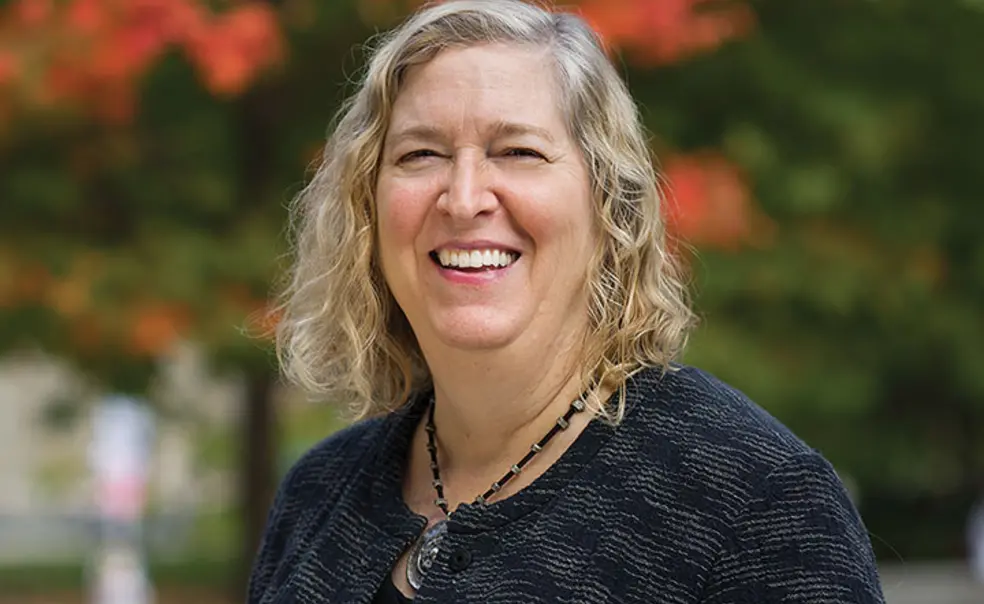Q&A: Wendy Belcher, on an Influential Woman
Biography of Ethiopian saint sheds light on distant era
Professor Wendy Belcher has opened a window into African history with The Life and Struggles of Our Mother Walatta Petros, an English translation of the earliest known biography of an African woman. The text, which she translated and edited with historian and translator Michael Kleiner, provides rare insight into the experiences of African women before the modern era.
Walatta Petros, an Ethiopian Christian born in 1592, risked her life to lead a nonviolent rebellion against an invasion of European Jesuits. The colonists failed to convert Ethiopians to Roman Catholicism from their ancient form of Christianity, primarily because of the fierce opposition of women like Walatta Petros. Belcher, an associate professor of African literature and comparative literature, spoke to PAW about Walatta Petros’ extraordinary life, her struggle with European colonists, and the status of women in early modern Ethiopia.
Who wrote the book, and why is it important?
The book was written by Walatta Petros’ disciples about 30 years after her death as a way of praising and documenting her accomplishments. It brings us into the extraordinary life of an African woman, written by an African author in an African language. That’s a perspective that will be new for most Americans. Of course, it takes place in the context of European colonialism, but that’s really just background. Most of the book is about the challenges of daily life in Ethiopia at that time: dealing with wild animals, sickness, the weather, the food. That’s a story we almost never get to read.
How did Walatta Petros become such an influential figure?
She was a noblewoman whose husband converted to Roman Catholicism because of the Jesuits. She didn’t want to convert, and her three children died in infancy, so she decided to leave her husband and become a nun in the Ethiopian Orthodox Church. She became this radical traveling preacher with very dedicated followers, publicly denouncing the people who had converted, including the king. This led to persecution, and at one point she was exiled to the wilderness. She led her communities alone, despite resistance from male religious leaders, and didn’t settle down until very late in her life, when she founded a monastery in highland Ethiopia that still exists today. After her death she became a saint.
After she left her husband, Walatta Petros had a long and close relationship with another woman. Was it a romantic relationship?
My interpretation is very controversial in Ethiopia. When Walatta Petros meets this other woman, the text says that they loved each other immediately, and they never parted until death. Both women were nuns, which meant that they were celibate. But whether she had a romantic or sexual desire for this woman — we can never know; the text never states that directly. They were definitely work and life partners with very strong feelings for each other. For instance, every time they were parted, Walatta Petros’ partner wept for days. And the saint’s last words were expressing concern for her partner without her.
What does the book tell us about women’s roles in 17th-century Ethiopia?
Walatta Petros does not fit Western ideas of a sweet and feminine saint. She kills people. People tell her they are struggling and she tells them, basically, “suck it up.” There’s even one episode in the story where she debates Christ. Many women railed against the “filthy faith” of Roman Catholic Europeans and converted Ethiopians. They fought to maintain their religious beliefs and they prevailed, even though people tend not to associate strength with women during this period, or with Africa in general.
Interview conducted and condensed by Amelia Thomson-DeVeaux ’11












No responses yet